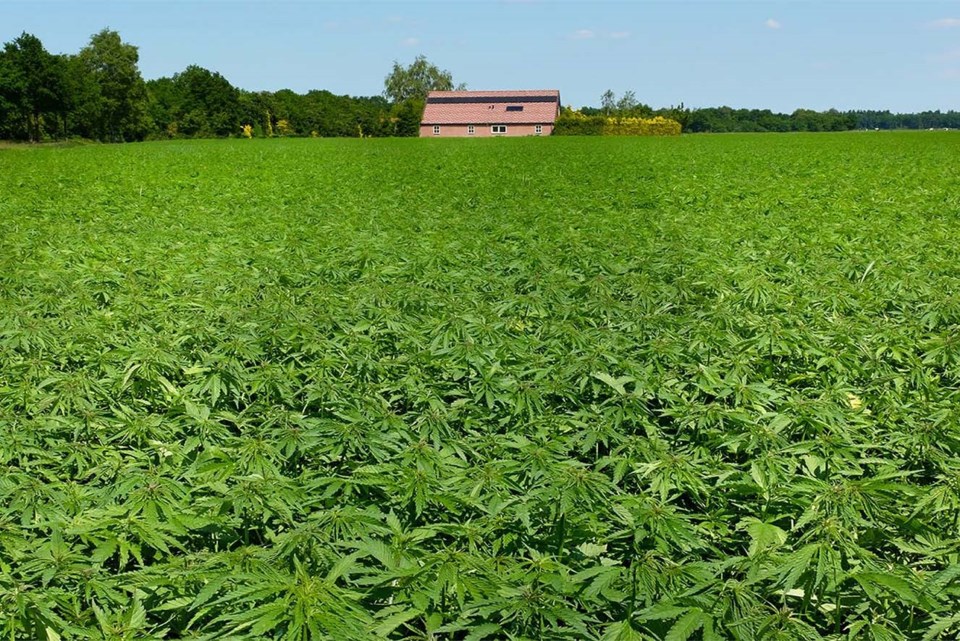Alberta is poised to become a world leader in hemp production for food and fibre, say advocates.
About 200 farmers, industrialists, and policy experts will be at the Renaissance Edmonton Airport Hotel this Feb. 21 to 23 for the Future is Here Conference on Industrial Hemp. Organized by the Alberta Hemp Alliance, the conference aims to promote the growth of Alberta’s industrial hemp sector.
Hemp is a biodegradable substance that can be used in everything from cloth to food to construction material, said conference host, technology advocate, and St. Albert resident Perry Kinkaide. It can also reduce greenhouse gas emissions by replacing other materials such as concrete or plastic.
Kinkaide, a backer of the Edmonton-based hemp company Natural Fibre Technologies, said the recent construction of several hemp processing plants has sparked rapid growth in Alberta’s hemp sector. Municipalities, industry, and Indigenous communities are now teaming up to start hemp ventures, with at least two major partnerships expected to be announced at this year’s conference.
“It’s clear the breakthrough is underway,” he said.
Growing potential
Hemp is still a niche crop in Canada, with some 33,500 acres under cultivation as of 2022 (16,130 in Alberta), said Alberta Hemp Alliance consultant Russ Crawford — barely a blip compared to the nation’s 22 million acres of canola. That’s because Canada banned hemp production from 1938 to 1998 because of its association with the psychoactive substance THC (hemp is cannabis that contains no more than 0.3 per cent THC). Hemp straw also needs expensive processing plants before it can be processed into usable fibre, which has slowed the industry’s development.
“It’s one of the most amazing plants on the planet and it’s been hidden for decades,” said Crawford, a speaker at next week’s conference.
Alberta is North America’s biggest hemp producer, with most of its production going to food in the form of seeds, said Dan Madlung, a director with the Alberta Hemp Alliance who will be part of a panel discussion on hemp fibre at the conference. Alberta is far behind Europe and China when it comes to using hemp straw, but that should change given the construction of several hemp processing plants in recent months.
“The beauty of hemp fibre is that it’s super long and super strong,” Madlung said, which makes it a suitable substitute for cotton, fibreglass, or carbon fibre — his company makes industrial mats and car parts out of it.
Doing so considerably ramps up its value, he continued. Whereas a tonne of hemp straw might sell for $150, the hemp straw products his company makes sell for about $30,000 a tonne.
Crawford said increased demand for recyclable and non-polluting materials is creating new markets for hemp. Researchers are now working to breed new varieties of hemp to bring down production costs.
Kinkaide encouraged farmers, researchers, and Indigenous and municipal leaders to come to the conference to learn about hemp.
Tickets to the conference are $275, or $75 for students. Visit conference.albertahempalliance.com for details.




